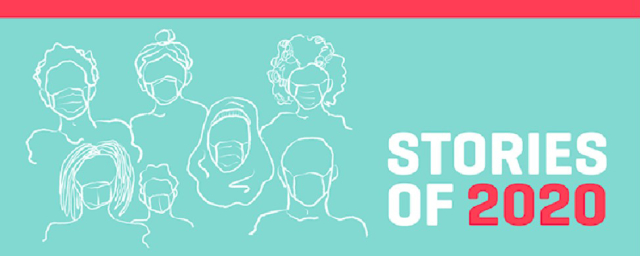
How can we create an account of 2020 for future generations? While many of us may want to forget this year, the Smithsonian Institution is asking for testimonials to create a time capsule for posterity.
The principle is quite simple: anyone who is at least 18 years old can share their memories and personal stories about the year that was 2020. No matter how long they are, they will be safeguarded as part of the National Museum of American History’s digital archives within the Smithsonian Institution.
“We want to gather an inclusive, wide-ranging, and personal record of this moment — a digital time capsule for future generations and a place for conversation right now,” read the website.
But how can we express with words what we have gone through with all the changes and disruptions that hit us, from the COVID-19 pandemic to the resurgence of the Black Lives Matter movement and everything else? If the task seems difficult, the National Museum of American History provides indications on how to start writing.
What does the “new normal” at work look like? Or how was your daily life changed by the pandemic? Those who want to participate in the initiative “Stories of 2020” can also submit a video and up to five photos to illustrate their account.
From recipes to dreams during lockdown
The Smithsonian Institution is not the only cultural institute to open up its archives to public contributions to keep a physical trace of the year 2020. But collecting artefacts related to the pandemic can be quite difficult due to sanitary restrictions.
“All the collecting we’ve done, with a few exceptions of some avid active field collecting around Black Lives Matter, we’ve had to do via email and phone call and text and asking people to hold on to things for us because we physically can’t bring them in,” Anthea Harting, the director of National Museum of American History, told The Guardian.
To get around that problem, the Victoria State Library composed an army of “citizen-collectors” to collect documents related to the COVID-19 era.
Every week, the institution encourages volunteers to share details of their daily lives during the pandemic, such as their community activities, recipes that they loved during lockdown or the dreams they had. These elements are collected for the “Memory Bank: A Collective Isolation Project” to be shared with future generations. CC
RELATED STORIES:
National Museum of African American History and Culture launches new ‘Talking About Race’ portal


